BALTIMORE, MD – The Maryland Zoo in Baltimore is happy to announce the addition of two male great white pelican (Pelecanus onocrotalus), also known as eastern white pelican, to Penguin Coast. Wallace and Gromit, ages 7 and 5 respectively, arrived in November from the Dallas Zoo based on a recommendation from the Great White Pelican Species Survival Plan (SSP). After a mandatory 30-day quarantine, the two have spent the winter becoming accustomed to their new home and animal care team. They were introduced to the Penguin Coast habitat late last week.
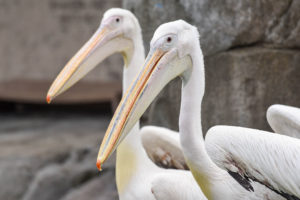
“Most people are probably familiar with the pelican species we have in the US, the American white pelican and the brown pelican. As the name would imply, the great white pelican is much larger than these two species,” said Jen Kottyan, avian collection and conservation manager at the Zoo. “At approximately four-feet-tall, with a wingspan of over nine feet, they are huge and make a very striking addition to Penguin Coast. They certainly make the penguins and cormorants look small in comparison.”
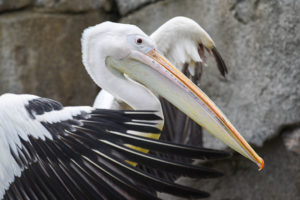
The great white pelican, one of the largest flighted birds in the world, can be found in the shallow swamps, freshwater lakes, brackish lakes, marshes and deltas of Africa. They have short, strong legs with webbed toes and use their long bills to scoop up fish from the water. The pouch under the beak, called a “gular pouch”, can hold several gallons of water along with its prey. At the Zoo, each pelican eats up to two pounds herring and capelin a day.
“While this species would overlap with African penguins in similar habitats of coastal South Africa and Namibia, these two have only recently been introduced to the penguins here at the Zoo,” continued Kottyan. “They seem to be adjusting quite well and we are really looking forward to introducing them to our visitors.”
Great white pelicans are classified as “least concern” by the IUCN, the world’s leading conservation organization. The pelicans are very vulnerable to pollution and overfishing, being forced to fly long distances just to find enough food. Human interference has led to the loss of foraging habitat and breeding sites, also contributing to the decline of the species. They are a protected species under the Agreement on the Conservation of African-Eurasian Migratory Waterbirds.

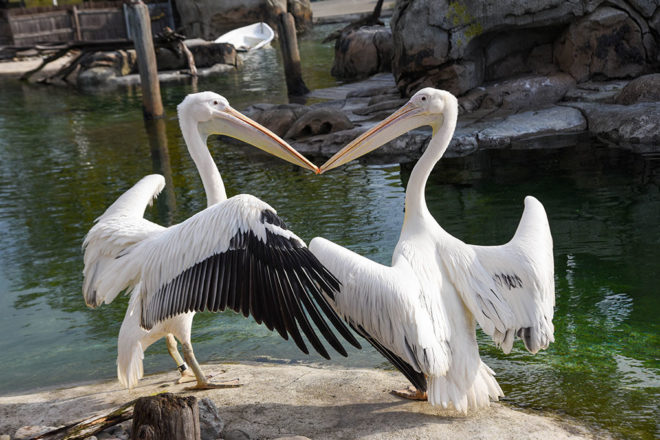
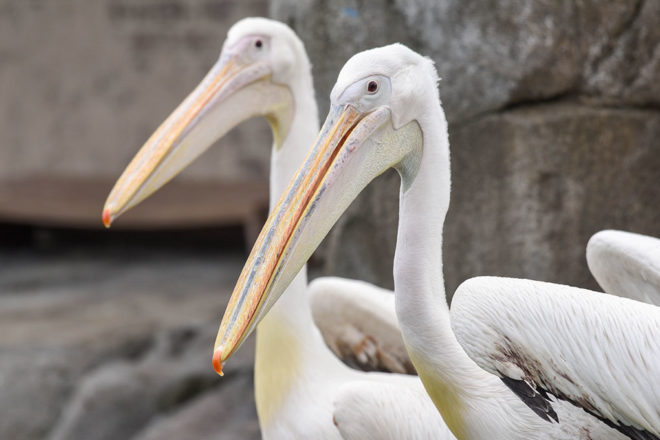
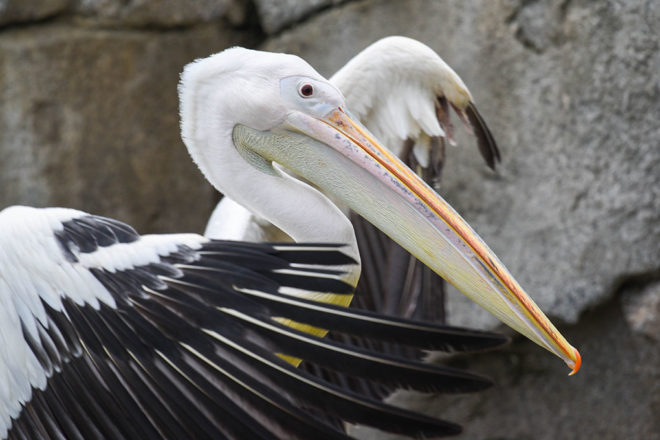
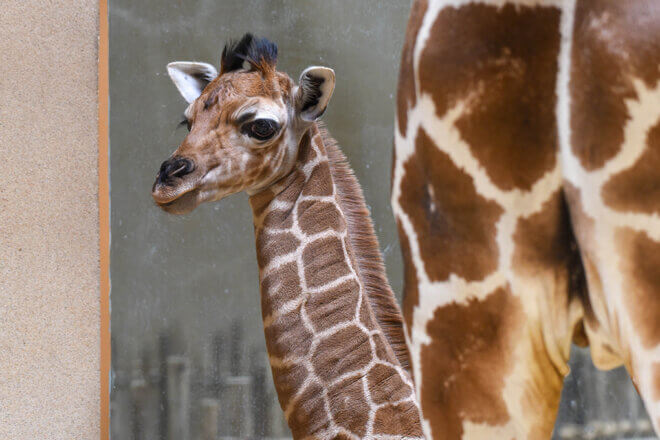
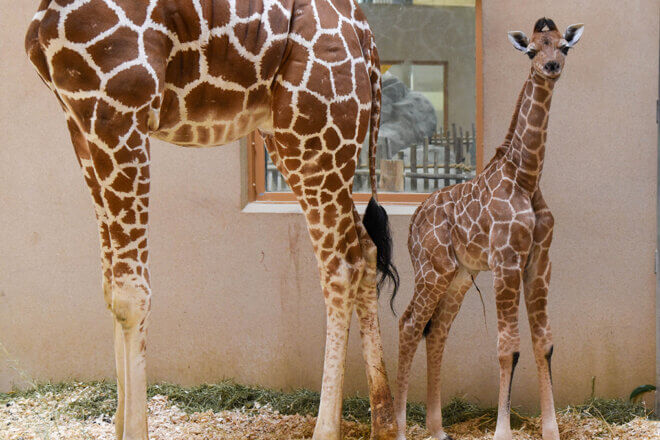

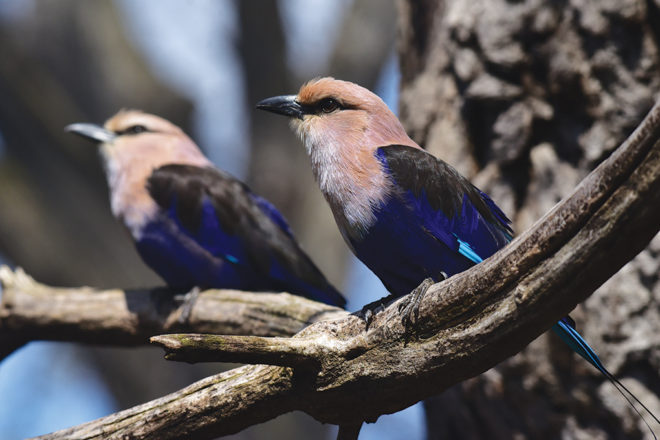
Share this article